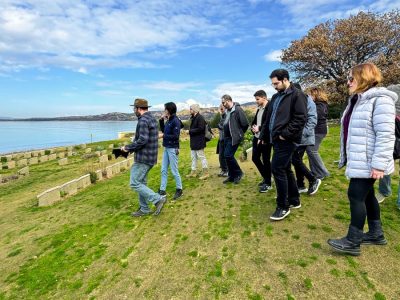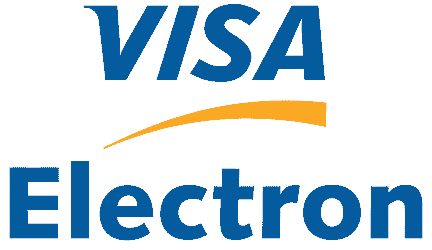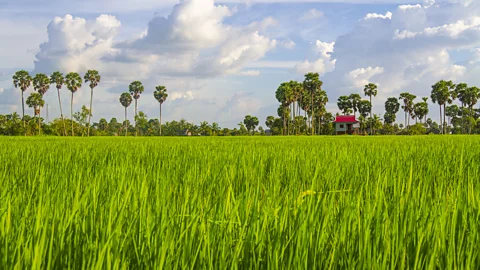 Getty Images
Getty ImagesWith season three of The White Lotus drawing fresh waves of visitors to the already bustling shores of Phuket and Koh Samui, a very different story is unfolding across the Gulf of Thailand.
As season three of The White Lotus prepares to thrust Thailand’s islands into the global spotlight, drawing fresh waves of visitors to the already bustling shores of Phuket and Koh Samui, a very different story is unfolding across the Gulf of Thailand. Here, a speck of an island named Koh Mak has quietly positioned itself as a model for sustainable tourism, offering a rare vision of what the future of travel in Thailand could be.
Heading towards Koh Mak’s southern shores by speedboat, my first impression was disarmingly simple: golden sand curving into clear shallows while coconut palms leaned towards the sea as though caught mid-bow. There were no high-rises, no blaring beach clubs. Instead, low-slung bungalows peeked through the trees and bicycles outnumbered cars on the island’s quiet roads.
I checked into the Makathanee Resort next to the jetty and studied a map to get my bearings. Just 16 sq km in size, Koh Mak is flat apart from a few gentle hills, perfect for exploring by bike. Eager to tap into the island’s slow rhythm, I pedalled north-east through plantations of rubber trees and coconut palms to Laem Son beach. Here, I found little more than a shack made of coconut trunks and fronds and a few deck chairs facing a blissfully empty stretch of sand. I ordered a coconut shake and enjoyed a delicious half hour soaking up the silence before heading across to the settlement of Ao Suan Yai. Even here, there was little to detract from the island’s natural beauty, just several tastefully designed, low-key resorts tucked away behind a white-sand beach and a line of palms all leaning at the same angle towards the sea.
As I completed my brief tour, I was amazed to realise that during my bike ride I had seen no international hotels or shopping malls, no McDonalds or KFCs and not a single 7-Eleven, which seem to be on every street corner throughout the rest of Thailand.
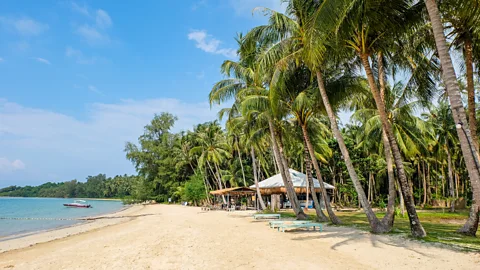 Ron Emmons
Ron EmmonsPromoted by the Tourist Authority of Thailand (TAT) as the country’s first low-carbon destination, Koh Mak has become a testing ground for how small islands can thrive without sacrificing their soul to mass tourism. Unlike its larger, better-known neighbours – party-friendly Koh Chang to the north and exclusive Koh Kood to the south – Koh Mak is charting a slower, quieter course. Its approach, driven by the island’s long-time landowning families, has earned international recognition for sustainable tourism. But it is the lived reality that truly sets it apart. This is not an island clinging to an imagined past; it’s one that is actively shaping a different kind of future.
Green Getaways
Green Getaways is a BBC Travel series that helps travellers experience a greener, cleaner approach to getting out and seeing the world.
While many Thai islands fall under the jurisdiction of the Thai government, Koh Mak remains in the hands of five families, descendants of a civil servant named Luang Prompakdee who purchased the island’s coconut plantations in the early 20th Century. Yodchai Sudhidhanakul, president of the Koh Mak Tourism Club and one of Prompakdee’s descendants, told me that this tight-knit ownership structure has been key to protecting the island’s tranquil character and encouraging slow tourism.
“It’s not that we don’t want tourists; in fact, many residents depend on tourism,” Sudhidhanakul said. “But we hope to attract a particular type of visitor – those who are respectful of others and appreciate the benefits of a quiet life.”
In 2018, residents formalised their vision in the Koh Mak Charter. The agreement bans vehicle ferries from docking at the island, restricts motorbike rentals to 70% of room capacity, prohibits loud music after 22:00 and noisy water sports like jet skis, and bans the use of foam or plastic containers.
When to visit Koh Mak
Koh Mak’s high season is between November and April. In the low season (May to October), the island is almost deserted although boats still make the journey. Some resorts close at this time but those that remain open offer cheaper rates.
“We never worried about overtourism,” said Sudhidhankul, “as our available accommodation has remained at a steady 750 rooms, but we wanted to be part of the low-carbon initiative. Thus, most resort owners use renewable energy where possible and make efforts to recycle and dispose of waste responsibly.”
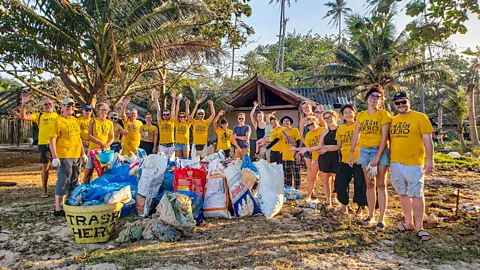 Ron Emmons
Ron EmmonsThis ethos extends beyond policy. Local initiatives like the Koh Mak Coral Conservation Group offer snorkelling trips where visitors can learn how to propagate corals using recycled PVC pipes. Waste disposal is a collective effort, with regular beach cleanups coordinated by Trash Hero, a voluntary group with the motto, “Every week we clean, we educate, we change”. And at the island’s coconut plantation, visitors can learn how to harvest coconuts and make cold-pressed coconut oil, while tie-dye workshops teach traditional fabric-dyeing techniques using natural pigments.
I spent the next few days earnestly practising slow-life activities: reading in a hammock, snoozing in a deck chair, swimming and taking long walks along the beach looking for shells. Unfortunately, most of what I found would only be of interest to the Trash Heroes – plastic bottles, old shoes and torn fishing nets. There were plenty of other activities to choose from, including diving and snorkelling trips, kayaking, paddle boarding, classes in massage and cooking, Thai boxing and yoga.
How to go green on Koh Mak
• Rent a bicycle or golf cart to explore the island
• Join the Trash Heroes on Saturday morning for their weekly cleanup
• Eat local rather than imported food
• Sign up for a long stay at the Koh Mak Campus
• Join in any of the eco-friendly activities on offer
I took part in a game of disc golf (aka frisbee golf) and joined a tie-dyeing workshop, where I made a shirt that gave me a great sense of accomplishment. Workshop leader Rodjamarn Sirirut showed us a display of more than 20 natural dyes made from local plants such as indigo, malabar, mango, mangosteen and coconut shell; impressive evidence of the island’s natural diversity. These pursuits made a change from lounging at swim-up pool bars or stuffing myself at buffets as I might have done if I had been staying at an international resort.
One day I joined a snorkelling trip to Koh Rang, an island to the west of Koh Mak that is part of the Koh Chang Marine National Park. On the boat I chatted with Rong Rong Zhu, a former research scientist in the US who now spends most of her time on Koh Mak. “When I travelled in Asia in 2018, I found Koh Mak to be a very walkable and bike-friendly island,” she said. “I was able to rent a house with a beautiful view and now I have many digital nomad friends who spend half the year here.”
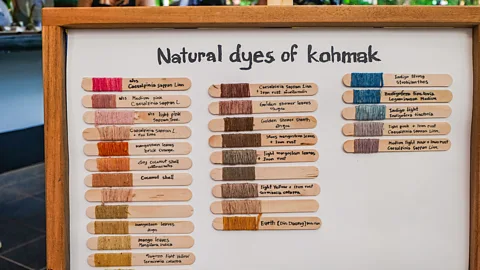 Ron Emmons
Ron EmmonsKoh Mak is not immune to the challenges facing small islands. Plastic debris still washes up on its shores, swept in by ocean currents. And while the island’s co-working hub, Koh Mak Campus, set up by Sudhidhanakul in 2020, encourages longer stays and digital nomads, balancing tourism and development remains a delicate task. “We want to attract seasonal inhabitants, and we need to develop more expertise in the use of renewable energy.” Sudhidhanakul told me.
Yet, as I slipped into the island’s rhythm – cycling from one beach to another, sipping coconut shakes under palm trees and chatting with residents who spoke of their home with both pride and protectiveness – it became clear that Koh Mak offers something increasingly rare in Thailand.
It is a reminder that a different kind of tourism is possible, one that doesn’t require sacrificing a place’s spirit for progress. As the speedboat carried me back towards the busy mainland, I found myself hoping that Koh Mak’s quiet revolution might inspire others to follow its lead.



